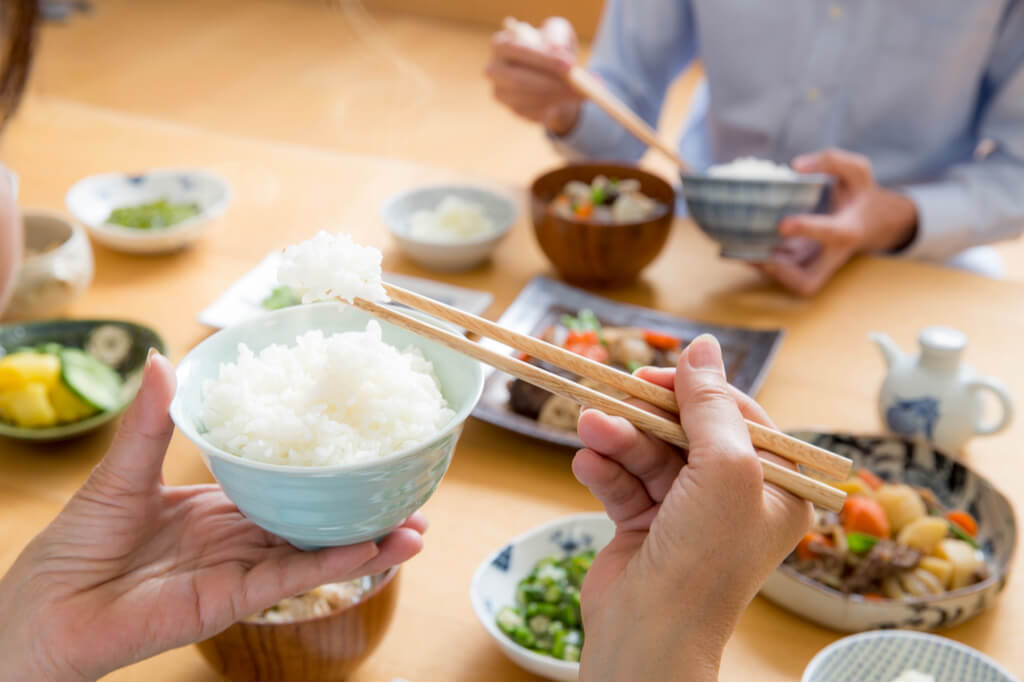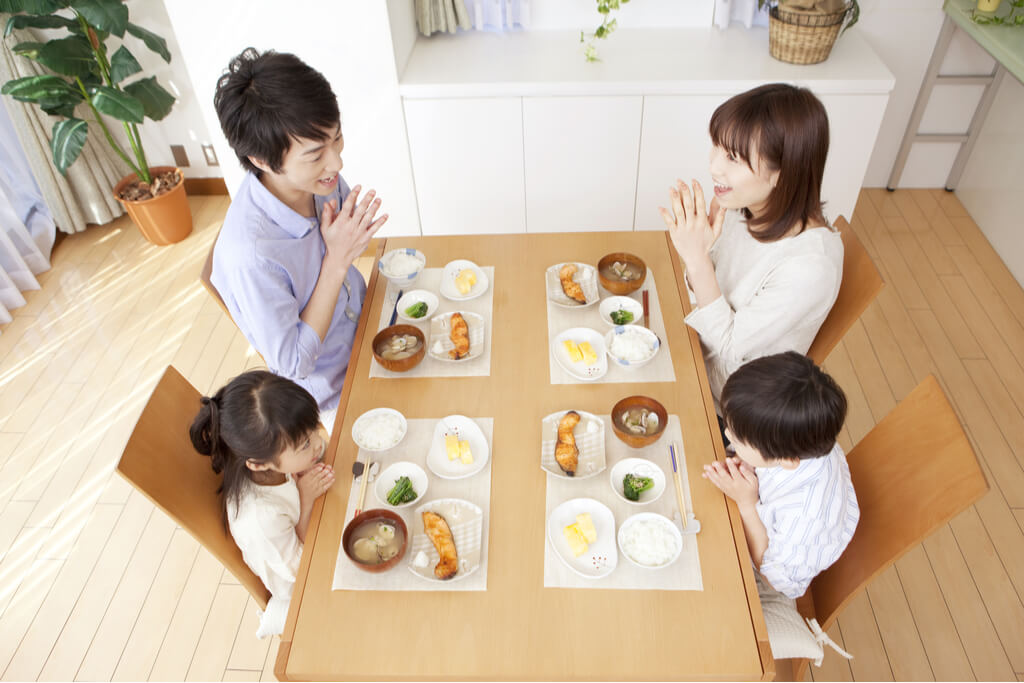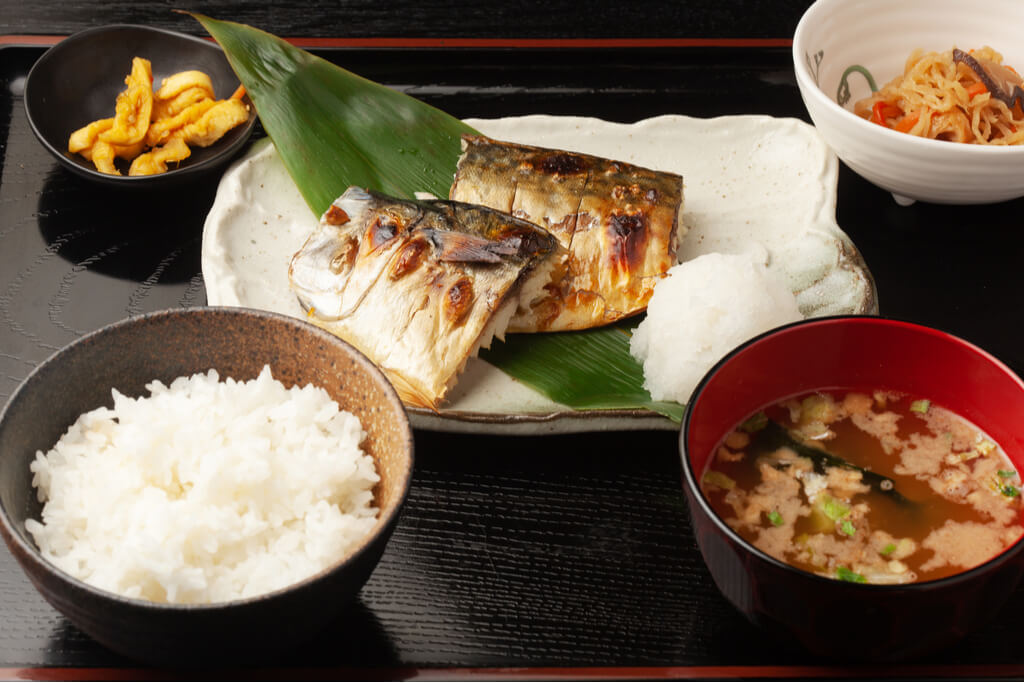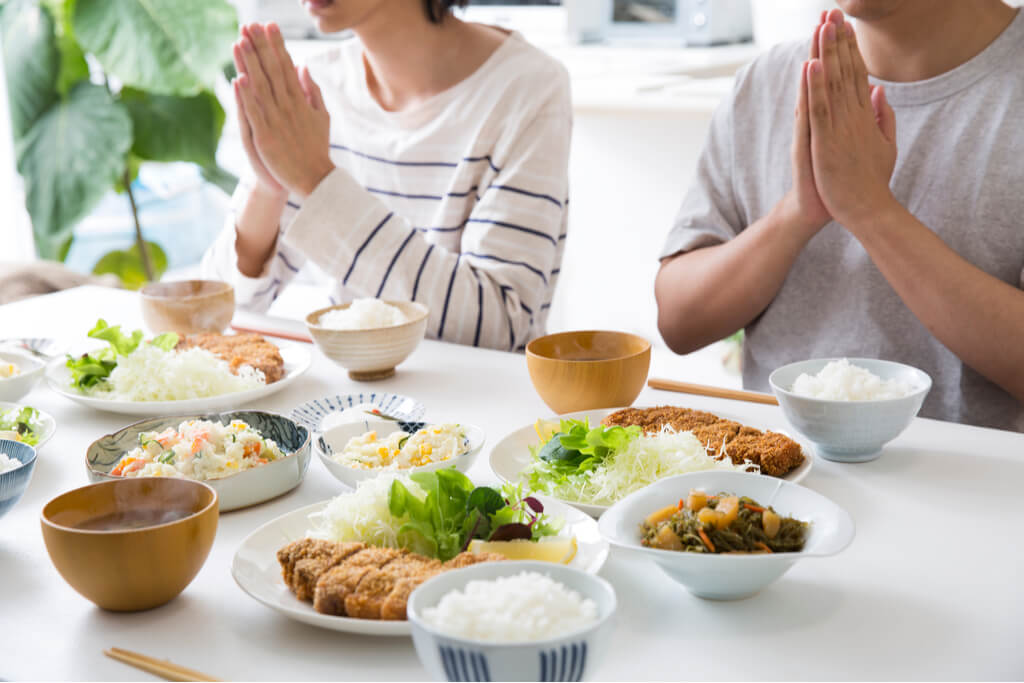If you are in Japan or have visited Japan, you may have noticed how Japanese people seemingly pay attention to minute details. It’s hard not to wonder how It’s makes everything look so perfect. Even the Japanese dinner table is done with the utmost perfection Japan is known for.
If you visit a Japanese home or a traditional Japanese restaurant for a meal, you will see a wide variety of Japanese tableware, all in different sizes, patterns, and colors. The Japanese traditional table setting, while also very aesthetic, is attractive because everything has a purpose, and nothing is far from the other foods.
Let’s learn about traditional Japanese table settings.
Table of Contents
ToggleSetting The Tableware
Gone are those days when people would visit a restaurant to satiate their hunger, with ambiance, decor, and setup playing a significant role today. Everyone loves a restaurant with a fantastic meal, a great ambiance, and a beautiful table setup.
Because the atmosphere and tableware can add to any fine dining experience, the tableware’s color, size, shape, and texture (and table decor) are all important. Japanese tableware uses each aspect to create an aesthetic dining experience for all.

The way Japanese people set up the meal table is exceptional. It’s an art that many love to see. According to Japanese culture, laying food on the table is as essential as a meal.
Are you looking for something to test your table-setting skills with? Sakuraco has you covered with authentic Japanese snacks and sweets sent straight to your door, perfect for tea time.

Chopstick Rests and Chopsticks
Hashi (chopsticks) and hashioki (chopstick rests) are essential items for a Japanese dining table since you can’t eat a traditional Japanese meal without them. They are also two of the most recognizable eating utensils in Asian dining.
However, not all chopsticks are the same. Japanese chopsticks are shorter than Chinese chopsticks and longer than Korean ones. When resting chopsticks on a chopstick rest, it should be placed parallel to the table with the eating tip facing to the left, one of many Japanese table manners that visitors tend not to know.
Japanese Plates and Bowls
Japanese plates and bowls generally have cute designs or prints to make your dining experience more beautiful. The exceptions are those made with traditional Japanese ceramics, such as gorgeous raku ware. Japanese tableware consists of soup bowls, stew bowls, rice bowls, flat rectangular plates to serve meat or fish, saucers, and trays.
These traditionally ceramic or wooden tablewares are generally smooth in texture and round in shape. They are made in small sizes, so they can be held easily in one hand. They come in different shades and hues, sometimes using seasonal colors and prints. Trays and placemats are for serving, carrying, or presenting food.

Japanese Flower Vase
Japanese flower vases have intricate designs and are small, perfect as an accent for a dining table. It can hold a single flower to make the table look both gorgeous and simple at the same time. It serves as a good gift option too.
Japanese Sushi Sets
The traditional Japanese sushi sets consist of a sushi plate to hold the sushi and ginger, a pair of chopsticks, and two small dishes to hold soy sauce and wasabi, respectively.
Japanese Tea & Sake (Japanese rice wine) sets
Japanese tea sets are way smaller compared to the rest of the world. Though the teapots feature a bamboo or ceramic handle, the cups don’t have a handle. The teapots have a filter inside the pot, often flat on the top with a rounded body.
Sake pots are more cylindrical; an entire set consists sake pot and four cups.
How To Plan A Japanese Meal
Of course, tableware and ambiance are essential, but there’s no substitute for good, healthy, and tasty food. Japanese meals, or washoku, have gained international attention mainly because of their many health benefits as a completely balanced diet.
In 2013, UNESCO added washoku to its Intangible Cultural Heritage list. People serve it according to the Ichiju Sansai Principle, which means ‘one soup and three sides.’According to legend, soup helps fight any illness.
The other dishes include food items from three categories based on their contents and health benefits. One meal should contain starch like potatoes or noodles, steamed or boiled vegetables, and protein like fish, meat, or eggs.

How To Set a Japanese Table
The food arrangement also holds a special place in Japanese culture and cooking. So, if you are serving food to guests in Japan, it has to be done in a certain way from the guest’s point of view.
Place the rice to the front left, followed by the soup on the right. Place the two side dishes towards the back left and right of the tray. The third side is at the back center. Finally, it would be best if you placed the chopsticks in front of the tray with the poguest’scing left.
Bonus: Brief History of the Traditional Chabudai Table
The chabudai is a low traditional Japanese eating table for family dinners or social events. Table manners are essential in Japanese society, which is no different when dining at a chabudai. Visitors must sit erect with their legs tucked under the table at the chabudai. It is usual to accept minimal portions and avoid piling food onto one’s plate when serving food.

It is also courteous to wait for everyone to sit and for the group’s eldest or most senior member to begin eating before starting oneself. Moreover, it is courteous to refill others’ glasses or bowls. Before beginning the dinner, guests should say “itadakimasu,” and, after finishing, “gochisosama deshita.” These words express gratitude to the host and the meal supplied. By practicing these table manners, guests can show respect for the host, their fellow diners, and Japanese culture.
As commonly said when in Rome, do as the Romans do. Similarly, if you are in Japan or feel strongly connected with this archipelago nation, why not plan a full traditional Japanese meal for your guests or yourself?










2 Responses
Thank you. I really enjoy learning new things and I appreciate the time and effort you make to teach me (and others) about different aspects of Japanese culture.
Thank you, Erin!
We love sharing our passion for Japanese culture with you guys.